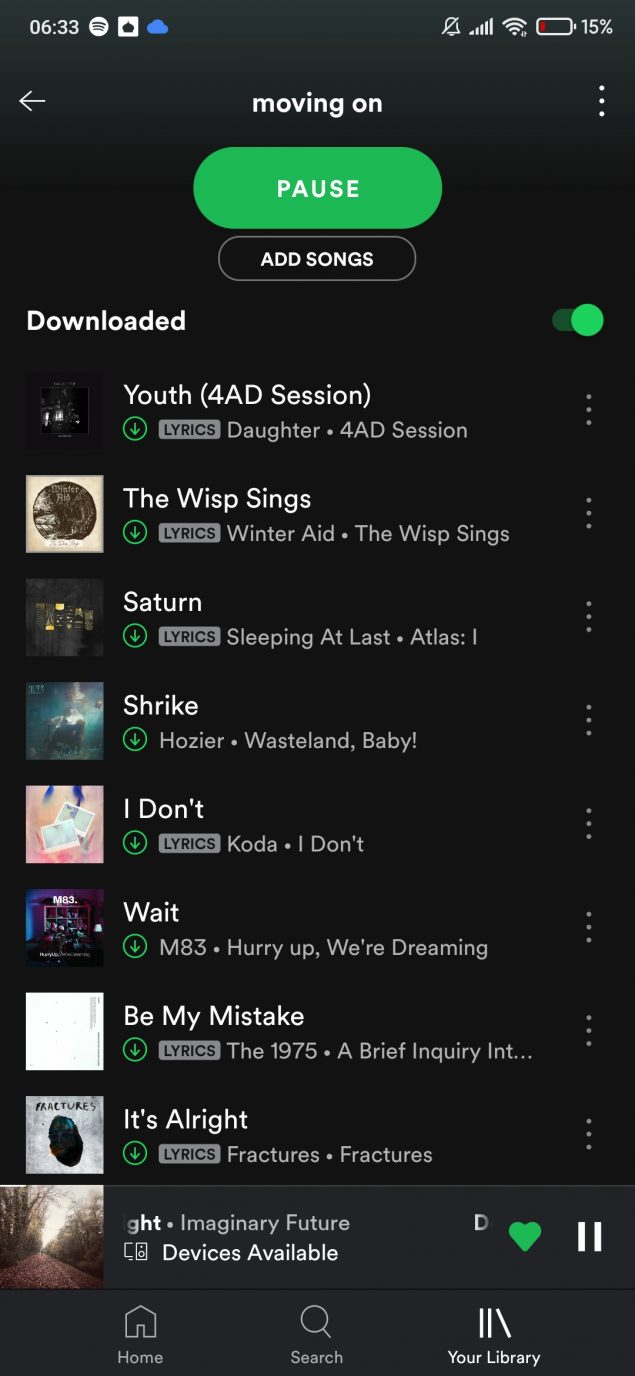
Commonly made up of 6 to 12 individuals, squads have all the tools and skills needed to design, develop, test, and release features.įunctioning as a mini startup, these self-organizing and self-managing squads are free to choose their own framework or agile methodology. Much like Scrum teams, squads are autonomous, cross-functional groups that focus on a specific area.

So, how does Spotify make agile work for a large organization with hundreds of developers? Praising autonomy and simplicity, the model identifies the following key elements for structuring people and teams: Here’re more details on the model structure. This makes work more productive and increases employee satisfaction to an awesome 94%. Autonomy becomes a key to motivating people, with the team deciding what to build, how to build, and how to cooperate while building it.Īs Henrik Kniberg explains, there’s surprisingly little ego in their company: people readily give credits to their colleagues and, consequently, are easily asking for and offering help when needed. The model consists of two parts: the first one is the organizational structure, and the second is a set of accompanying values aimed at driving the organizational change.Īt heart is an engineering culture that chooses motivation, community, and trust over structure and control.

The Spotify model represents the company’s view on scaling from both technical and cultural perspectives. “Rules are a good start, but then break them when needed.” Henrik Kniberg, Owner and Agile Coach at Crisp Spotify Engineering Culture (part 1) That’s when they decided to make some of the standard Scrum practices optional, focusing more on the things that stand behind the rules, i.e., value principles over practices. But as it started to scale and the engineering teams grew from one to several, Spotify realized that many Scrum practices no longer served their purpose. Spotify used to be one of the numerous companies following the Scrum delivery, and it worked well for a number of years. After that, quite a few technology companies tried to use the whitepaper to emulate what is now called the Spotify model. So, what’s behind the name, and why is it so popular? What are the key benefits of the Spotify agile model? In this article, I will explore the main elements and principles behind this methodology and discuss the ways you can integrate them into your own company. That’s how the world learned about the way Spotify successfully approached agility in its teams. The Spotify agile model came into the limelight when Anders Ivarsson and Henrik Kniberg, Agile coaches, released their whitepaper Scaling Agile in 2012.

Launched in 2008, the platform has grown to become the world’s largest audio streaming subscription service.īut Spotify is also creating quite the buzz in the world of engineering, particularly in the agile transformation space. With 345 million users, Spotify is a disruptive force in the music scene.


 0 kommentar(er)
0 kommentar(er)
